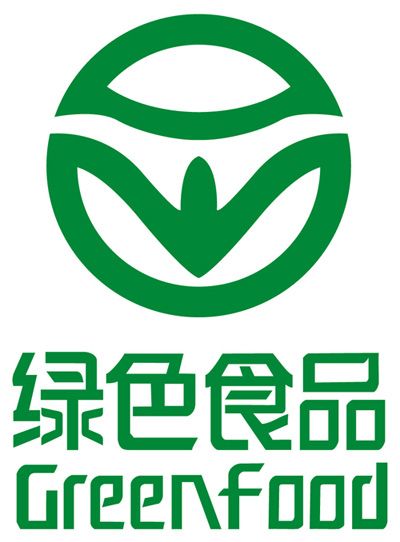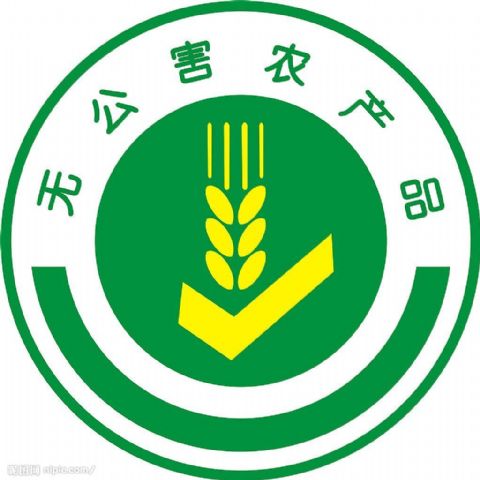What is QS? QS is the English abbreviation for “Quality Safety†of foods. Products with QS mark represent the approval of the country. All food production companies must undergo mandatory inspection and are qualified and marked on the minimum sales unit food packaging. The food production license number can be printed after the food quality and safety market access mark ("QS" mark) is printed. If there is no market access mark for food quality and safety, it cannot be sold from the factory. Since January 1, 2004, China has first implemented the market access system for food quality and safety in the food industry of rice, edible vegetable oil, wheat flour, soy sauce and vinegar. It is reported that the State Bureau of Quality Control plans to complete the implementation of the food market access system in three to five years, and the implementation of the second batch of ten food market access systems for meat products and dairy products will be completed within this year. The 13 types of foods that do not have QS certification, including tea, will not be sold on the market, and all tea companies and tea houses may not operate tea products without QS certification.

The green food mark is used on green foods certified by an authoritative organization to distinguish specific signs of such products from ordinary foods. The logo has been registered as the first example of China's trademark by the China National Green Food Development Center in the State Trademark Office and protected by law. Green food mark management, that is, according to the specific legal attributes of the green food mark certification mark, through the use of the mark trademark license, to measure whether the company's production process and the quality of its products meet specific green food standards, and to supervise enterprises that meet the standards Implementation of green food production operating procedures, the correct use of green food mark process. ? The organization that manages green food according to law is the China Green Food Development Center of the Ministry of Agriculture.

According to the "Non-environmental Agricultural Product Management Measures" (Ministry of Agriculture and AQSIQ Decree No. 12), the certification of pollution-free agricultural products is divided into the identification of production areas and product certification. The certification of production areas is organized by the provincial-level agricultural administrative department, and product certification is implemented by the Ministry of Agriculture. The agricultural product quality and safety center organizes and implements the product that obtains the certificate of origin of pollution-free agricultural products before applying for product certification. The positioning of pollution-free agricultural products is to guarantee basic safety and meet the mass consumption.

Organic foods refer to organic agricultural production systems that are produced and processed in accordance with international organic agricultural production requirements and corresponding standards. That is, they do not use chemical fertilizers, pesticides, growth hormones, chemical additives, chemical pigments, and antisepsis during raw material production and product processing. Agents and other chemical substances do not use genetic engineering techniques. All agricultural and sideline products certified by independent organic food certification organizations include foodstuffs, vegetables, fruits, dairy products, livestock and poultry products, honey, aquatic products, and spices.
The significant difference between organic foods and other foods is that the use of artificial synthetic substances such as pesticides, fertilizers, and hormones is strictly prohibited in the production and processing of organic foods, while the production and processing of general foods allow the restricted use of these substances. At the same time, organic foods have their basic quality requirements: raw materials are produced without any pollution, chemically synthesized pesticides, fertilizers, herbicides and auxins are not used in the production process, and no chemically synthesized food preservatives are used in the processing. , additives, artificial colors and extraction with organic solvents, etc., can not be contaminated by harmful chemicals during storage and transportation, and must meet the requirements of the National Food Hygiene Law and the quality standards of the food industry.

Other identifiers